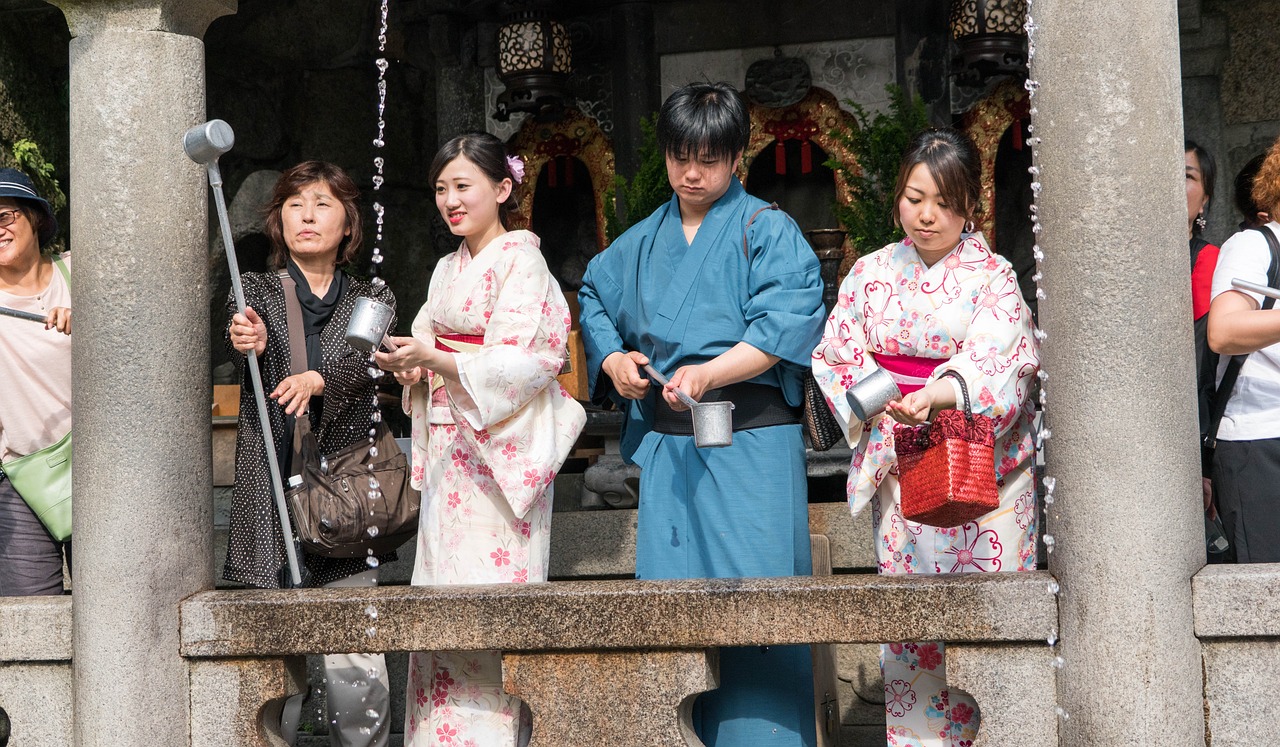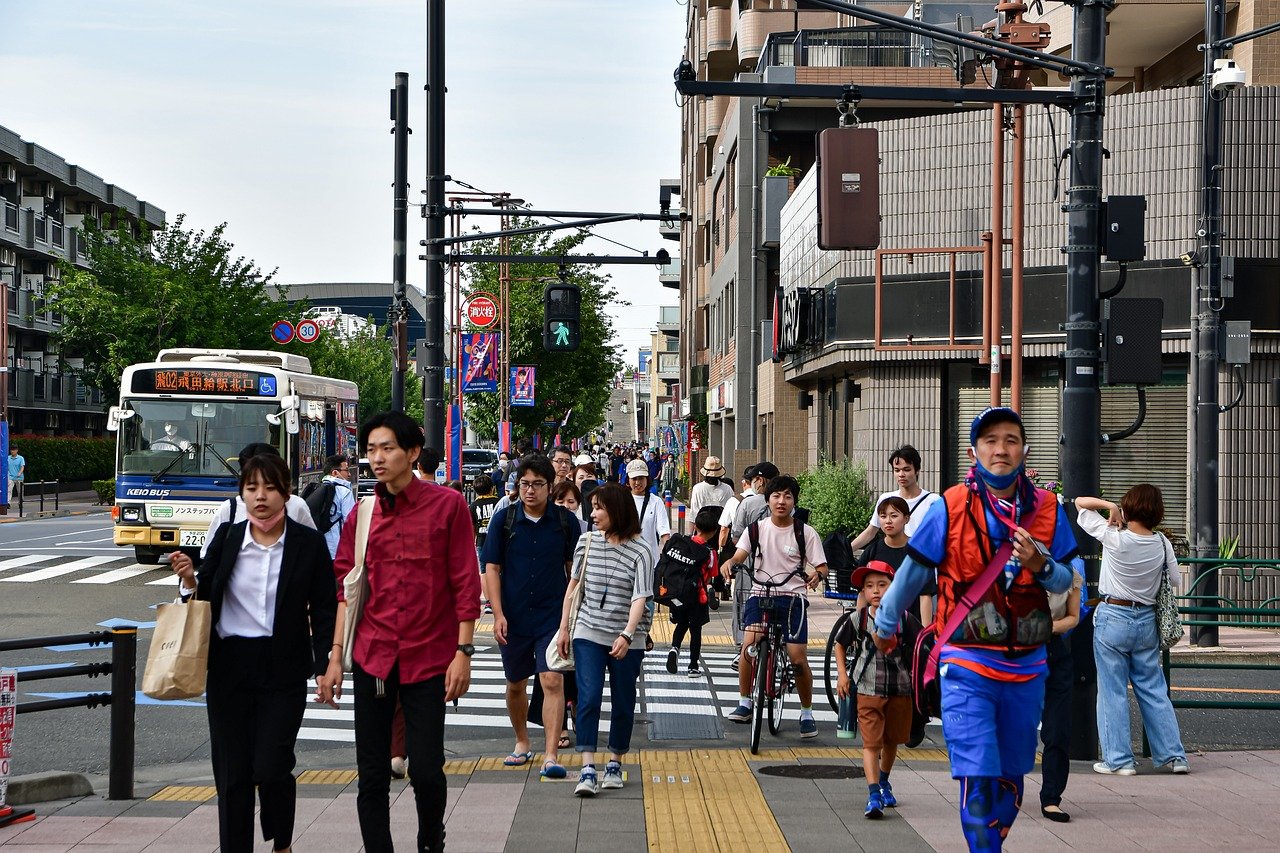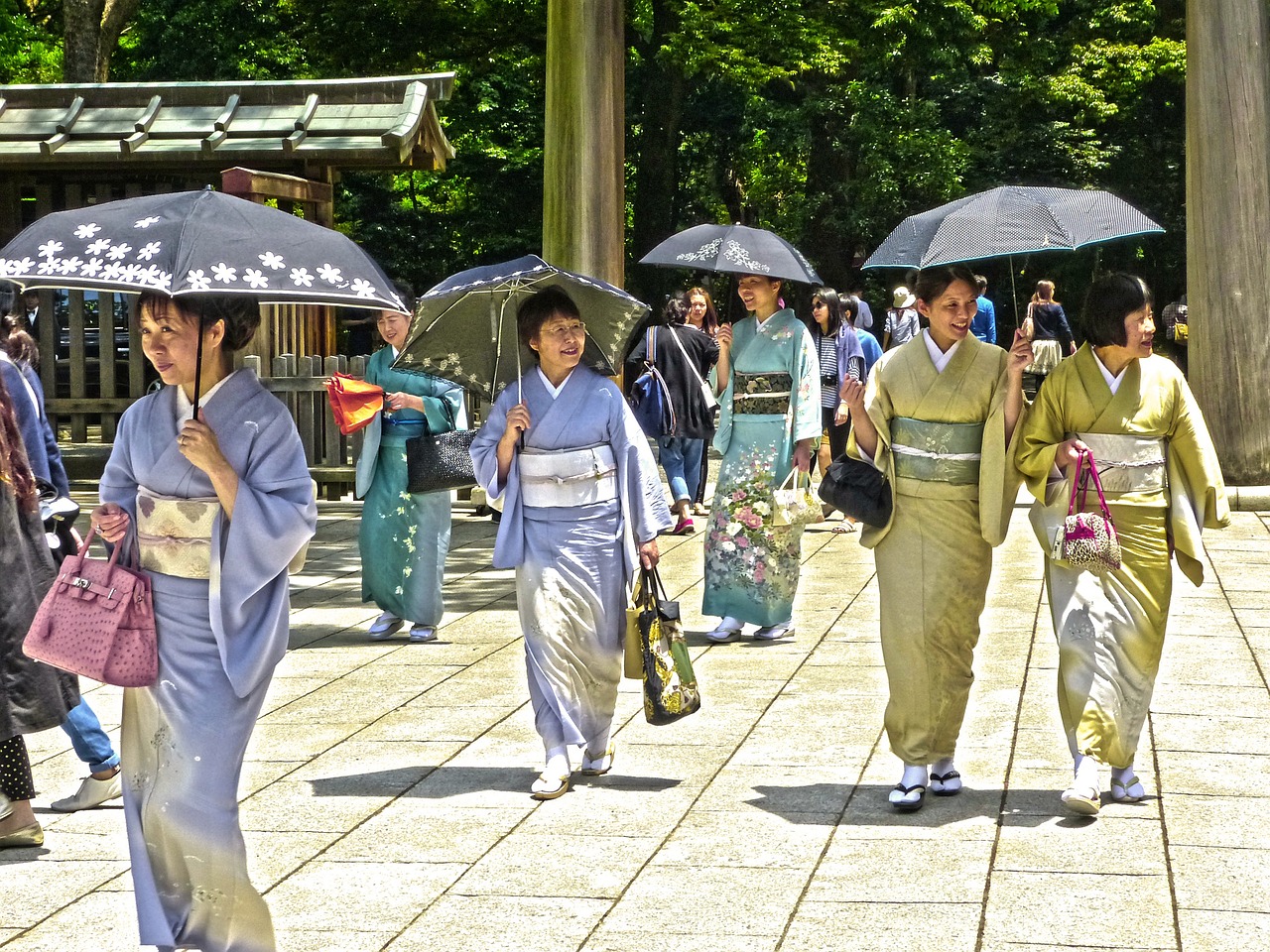3 Anime with Many Good Quotes, Can Be a Source of Inspiration
Curious, what anime contains many good quotes? Just check out the list below:

Kapanlagi.com - In learning Japanese, the ability to communicate through kaiwa or conversation is the key. In this article, Kapanlagi will explain comprehensively about kaiwa in Japanese, complete with procedures and examples.
This article will provide important steps in kaiwa with Japanese effectively. From opening greetings to closing conversations, this article will provide in-depth insights on how to face kaiwa situations with confidence.
Let's check out the explanation of kaiwa in Japanese to improve your communication skills in Japanese. Check it out KLovers.

Illustration (credit: pixabay.com)
In Japanese, "kaiwa" means "conversation" or "dialogue". This term is used to refer to verbal interaction between two or more people where they communicate with each other. Conversations can occur in various contexts, such as in formal or informal situations, among friends, colleagues, or family members.
Kaiwa is very important in learning Japanese because it helps students practice expressing thoughts, ideas, and information in the appropriate language. In addition, kaiwa is also an effective way to expand vocabulary, improve understanding of grammar, and enhance listening and speaking skills.
In Japanese language learning, there are often special exercises called "kaiwa renshuu" which means "conversation practice". Such exercises are designed to help students practice speaking and listening in situations similar to real life, so that they can acquire the necessary communication skills.

Illustration (credit: pixabay.com)
Kaiwa etiquette in Japanese can vary depending on the context and situation in which the conversation takes place. By following this etiquette and consistently practicing your skills, you will become more confident in communicating in Japanese.
Here are some basic principles and common etiquette that you can follow for kaiwa in Japanese:
1. Greeting
Start the conversation with a greeting appropriate for the time of day and your relationship with the interlocutor. For example, "Konnichiwa" for daytime or "Konbanwa" for evening.
2. Introduction
If you have not met the interlocutor before, make a brief introduction. Say your name and possibly state the purpose of the conversation.
3. Introducing a Topic
After the greeting and introduction, bring the conversation to a relevant topic. For example, if KLovers are talking to a friend, you can start by asking about the latest news or future plans.
4. Asking and Answering Questions
In a conversation or kaiwa in Japanese, ask questions to your conversation partner and answer the questions asked to you clearly and politely.
5. Giving Responses
Then, listen carefully to what your conversation partner is saying and give an appropriate response. If necessary, confirm your understanding by responding or repeating what they have said.
6. Using Polite Expressions
Make sure to use polite expressions like "Arigatou gozaimasu" (thank you) and "Douitashimashite" (you're welcome) or (thank you, too).
7. Closing the Conversation
When the conversation ends, you can use expressions like "Sayounara" (goodbye) or "Mata ne" (see you again). Don't forget to leave a good and friendly impression.
8. Practice
From the above procedure, continuous practice becomes the key to success in doing kaiwa in Japanese. Practice conversation as much as possible, both in formal and informal situations. This practice will help you improve your speaking and listening skills in Japanese.

Illustration (credit: pixabay.com)
In conversation or kaiwa in Japanese, there are several simple expressions commonly used. And the following simple conversation examples include various expressions.
And the common Japanese grammar used in everyday conversation. Here is an example of a simple conversation or kaiwa in Japanese between two people who meet:
A-san: "Konnichiwa"
Meaning: Hello
B-san: "Konnichiwa.Genki desu ka?"
Meaning: Hello. How are you?
A-san: "Genki desu.Anata wa?"
Meaning: Yes, I'm fine. How about you?
A-san: "Sou desu ka. Watashi mo genki desu.Kyou wa nani o shimasu ka?"
Meaning: Oh I see. I'm also fine. What are your plans for today?
B-san: "Kyou wa tomodachi to eiga o mi ni ikimasu. Anata wa?"
Meaning: Today I will go watch a movie with my friends. How about you?
A-san: "Watashi wa toshokan ni itte hon o yomimasu."
Meaning: I will go to the library and read a book.
B-san: "Sore wa ii desu ne. Mata ato de hanashimashou."
Meaning: That's good. Let's talk again later. Mari kita bicara lagi nanti.
A-san: "Hai, sore dewa mata ato de. Yoi ichinichi o!"
Meaning: Yes, see you later. Have a good day!
B-san: "Sayounara, A-san."
Meaning: Goodbye, A-san.
That's the explanation of the conversation in Japanese. By understanding the conversation, KLovers are ready to face Japanese language communication with confidence and effectiveness.
(kpl/dhm)
Cobain For You Page (FYP) Yang kamu suka ada di sini,
lihat isinya
Curious, what anime contains many good quotes? Just check out the list below:
Turns out, there are several Korean dramas that present characters trapped in the friendzone. They often experience inner conflicts and try to express their feelings to their close friends. Curious?
How about watching Thai dramas that have aired on local Indonesian TV? If you are interested, let's take a look at some recommendations below:
Japanese films and dramas about hackers bring stories that highlight hacking actions and are related to IT. Here are the recommendations for KLovers.
The quality of films from Studio Ghibli, which has been established since 1985, is unquestionable. There are many choices in the list of recommended Studio Ghibli films that are full of inspirational stories for you to watch in the following information.
The discussion about the law of fasting but forgetting to read the intention continues to be a topic of conversation every year. Many believe that fasting is still valid, but there are also many who doubt it. So, what is the explanation? To find out, just read the following discussion:
A series of prayers after the hajat prayer is important for every Muslim to know, especially those who have desires or wishes and want them to be granted by Allah SWT. Here is a review of the series of prayers after the hajat prayer:
Prepare yourself to explore a funny world that presents smart and weird characters that will surely make your KLovers' travel journey more memorable and enjoyable.
Here are some anime with main characters suffering from diseases. Not only entertaining, but also providing a deep understanding of the complexity of someone's health condition.
In this digital era, Netflix can be considered as a platform that provides entertainment for film lovers. There are many genres that can be enjoyed, including comedy. You can easily find hilarious Netflix comedy film recommendations.
Parallel world Chinese dramas have become one of the unique and interesting story themes to follow. Sometimes, the stories are so touching because they follow the emotional journey of the characters.
Film BULLET HEAD is a thrilling action film that takes viewers into a world of tension and life-or-death struggle. Here is the complete film synopsis of BULLET HEAD along with a list of cast members and character explanations.